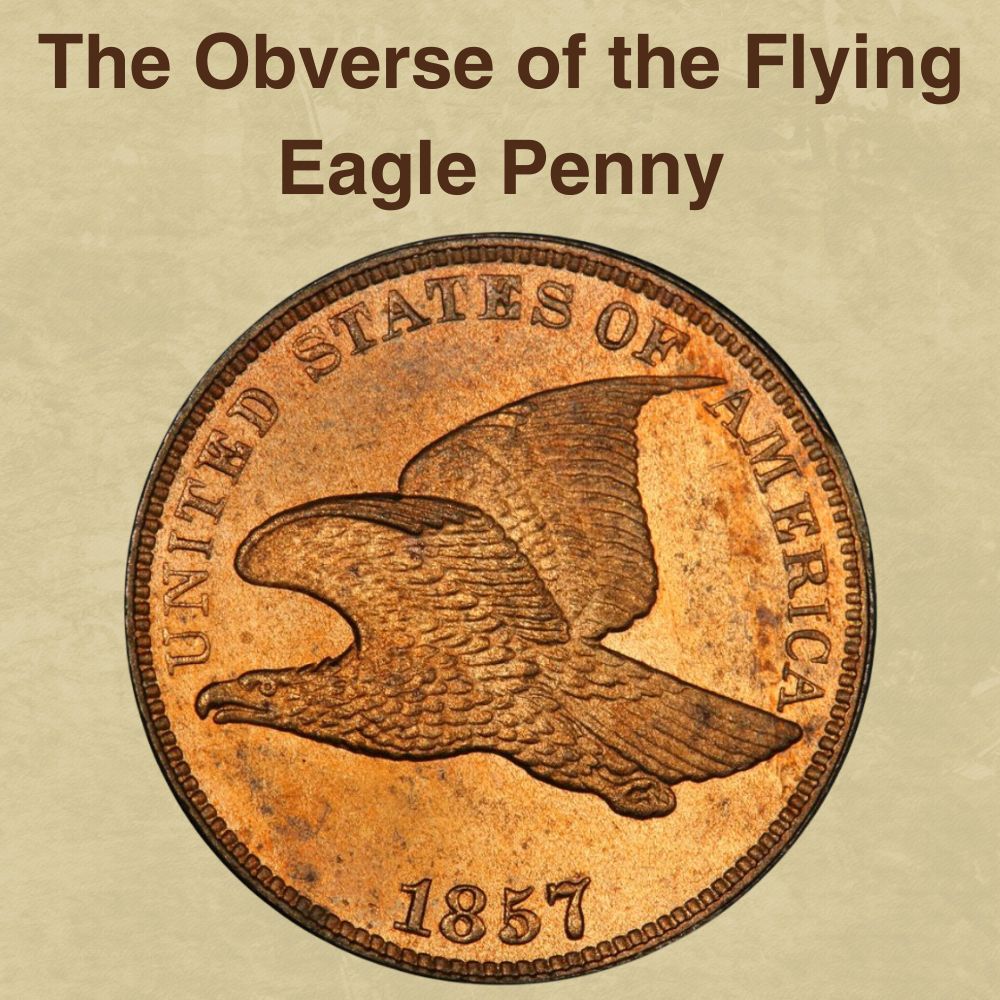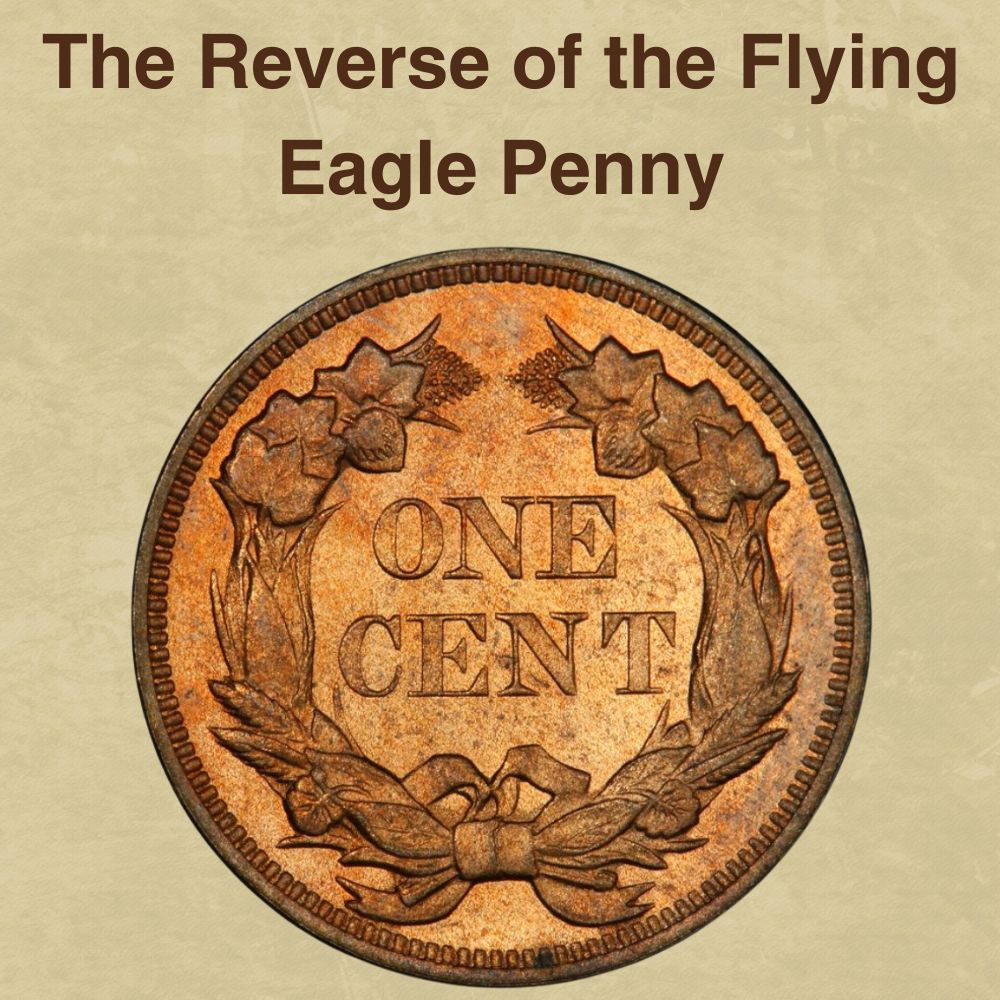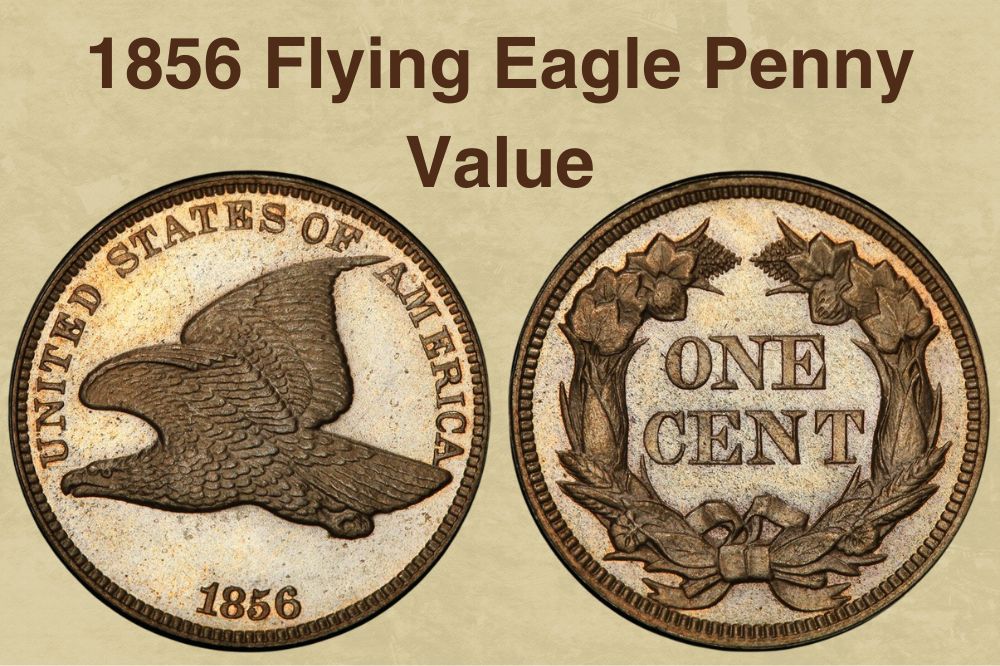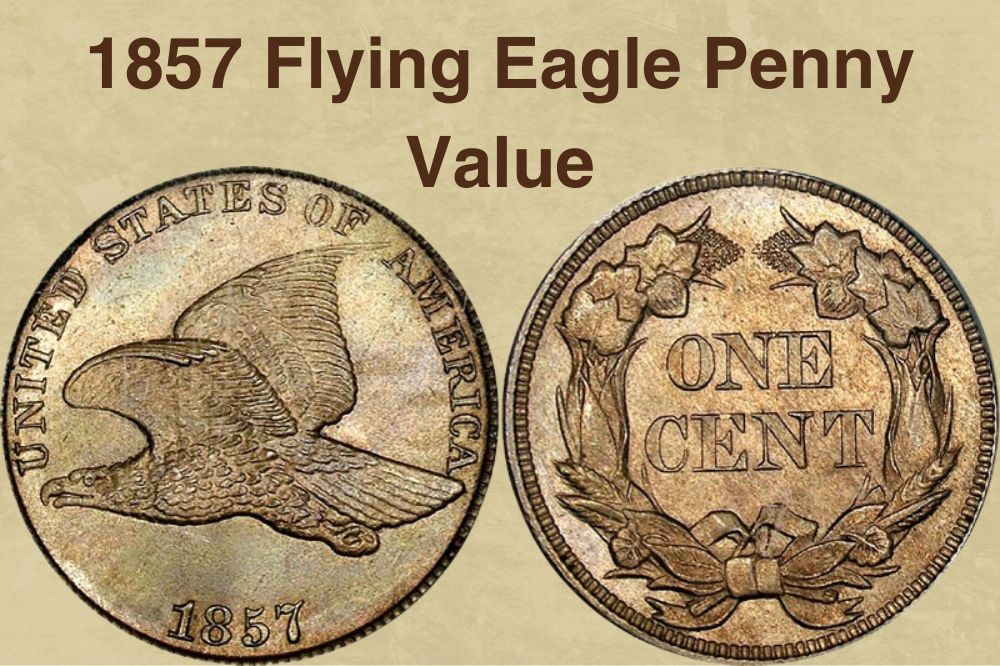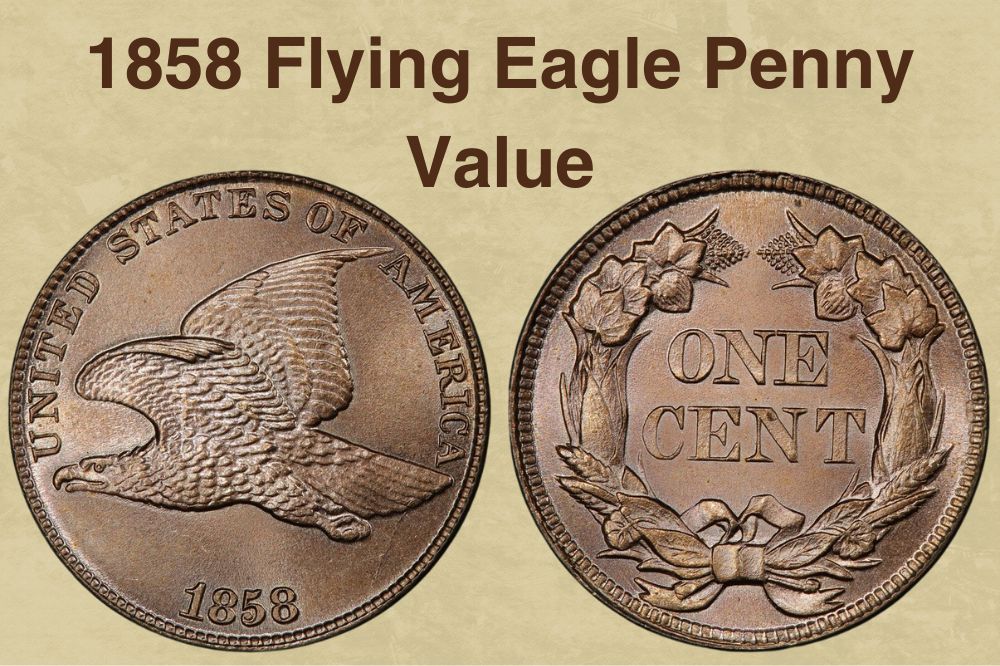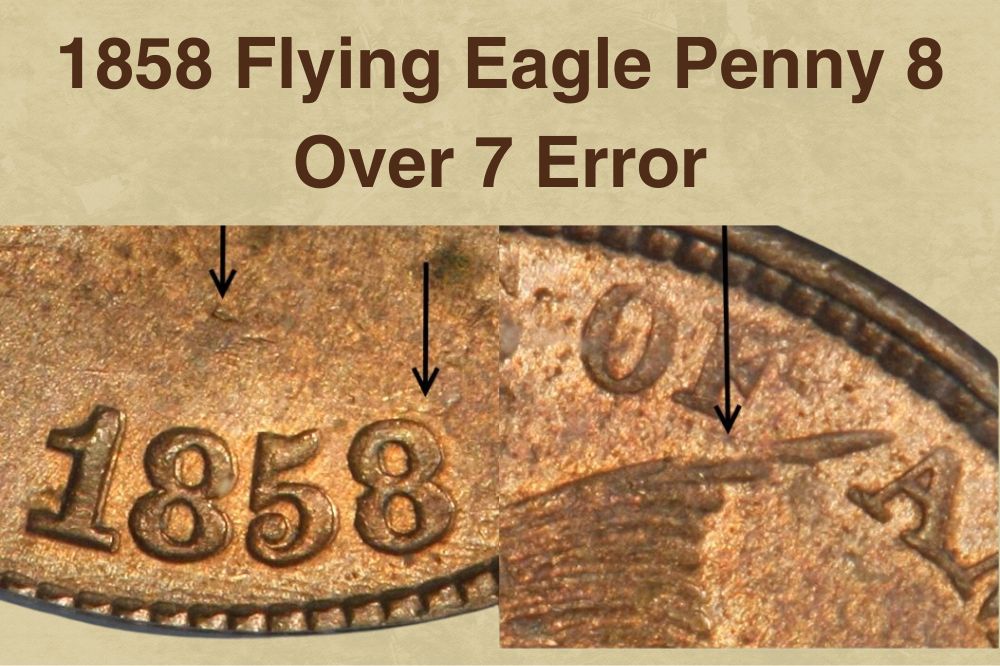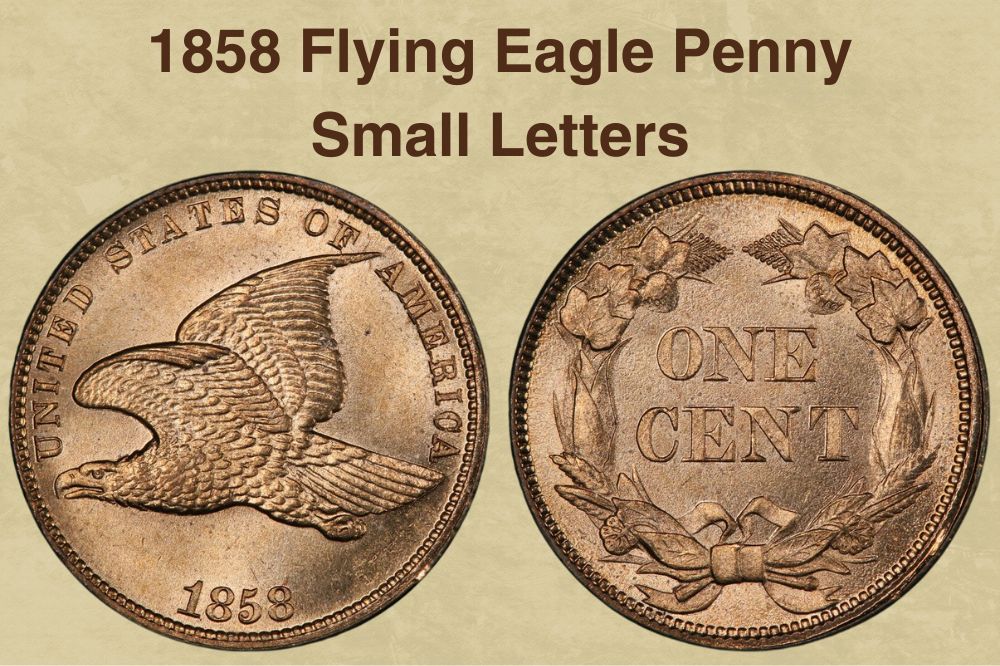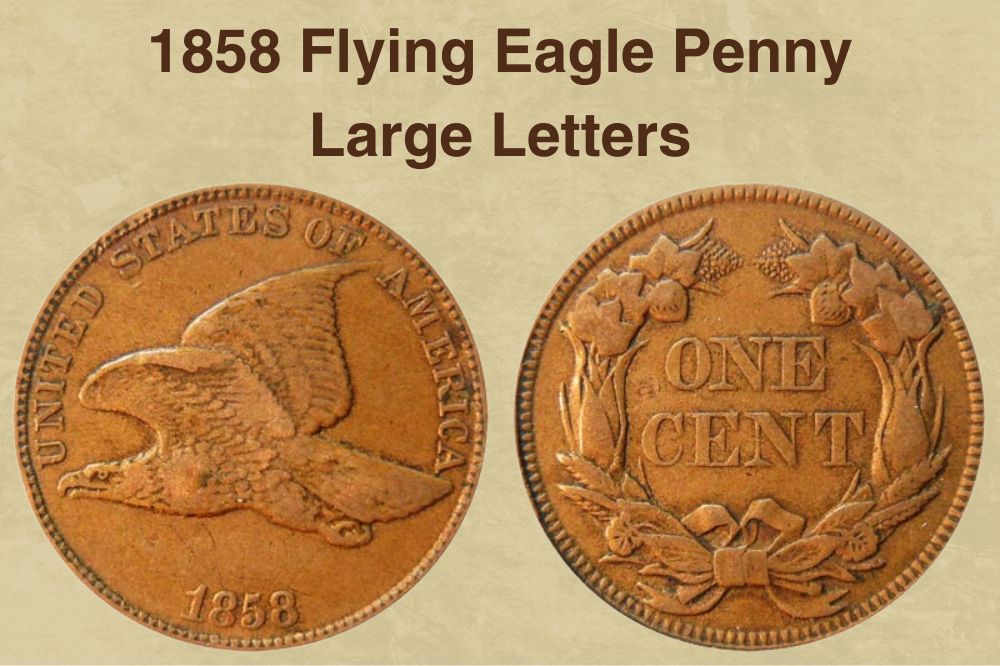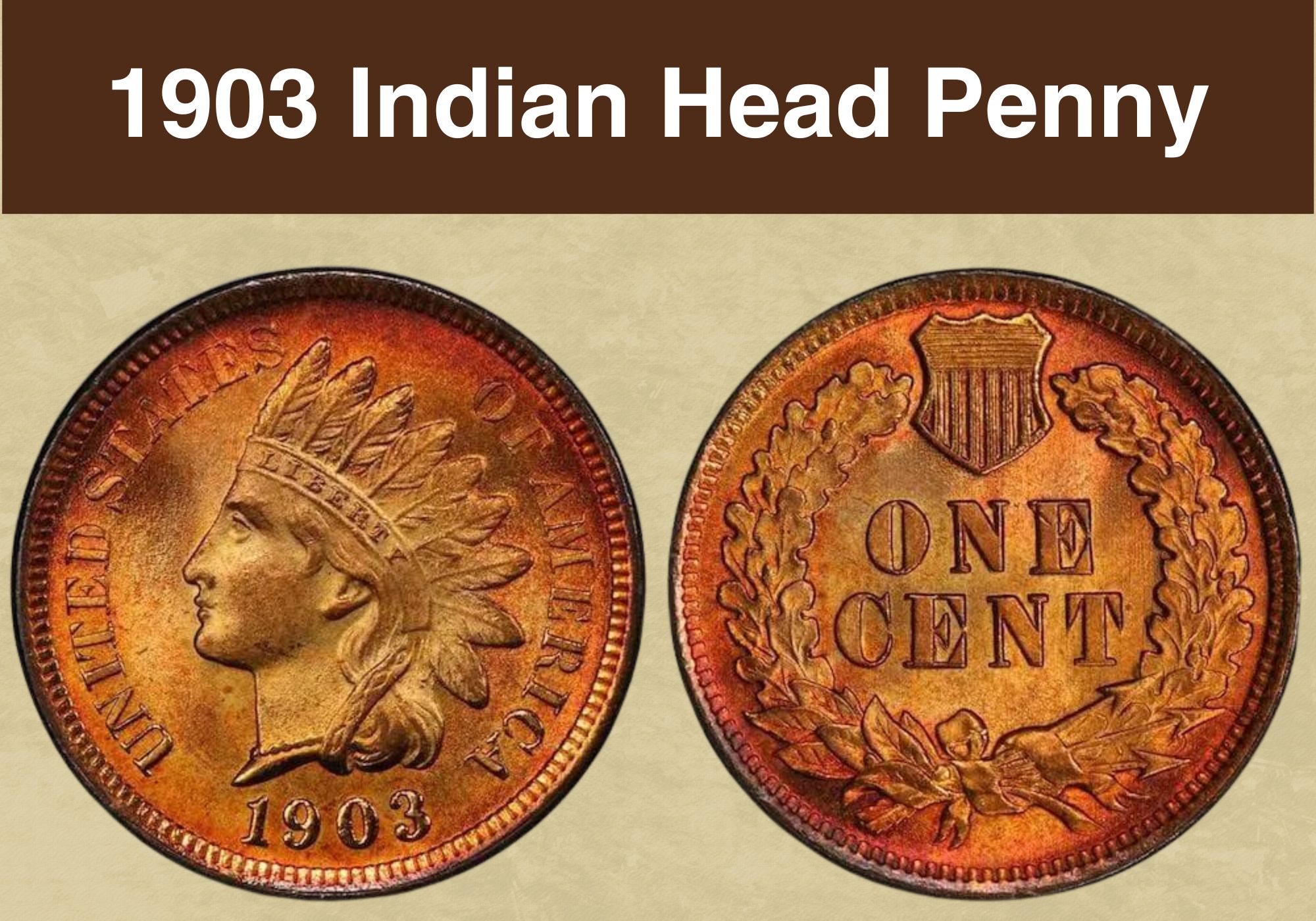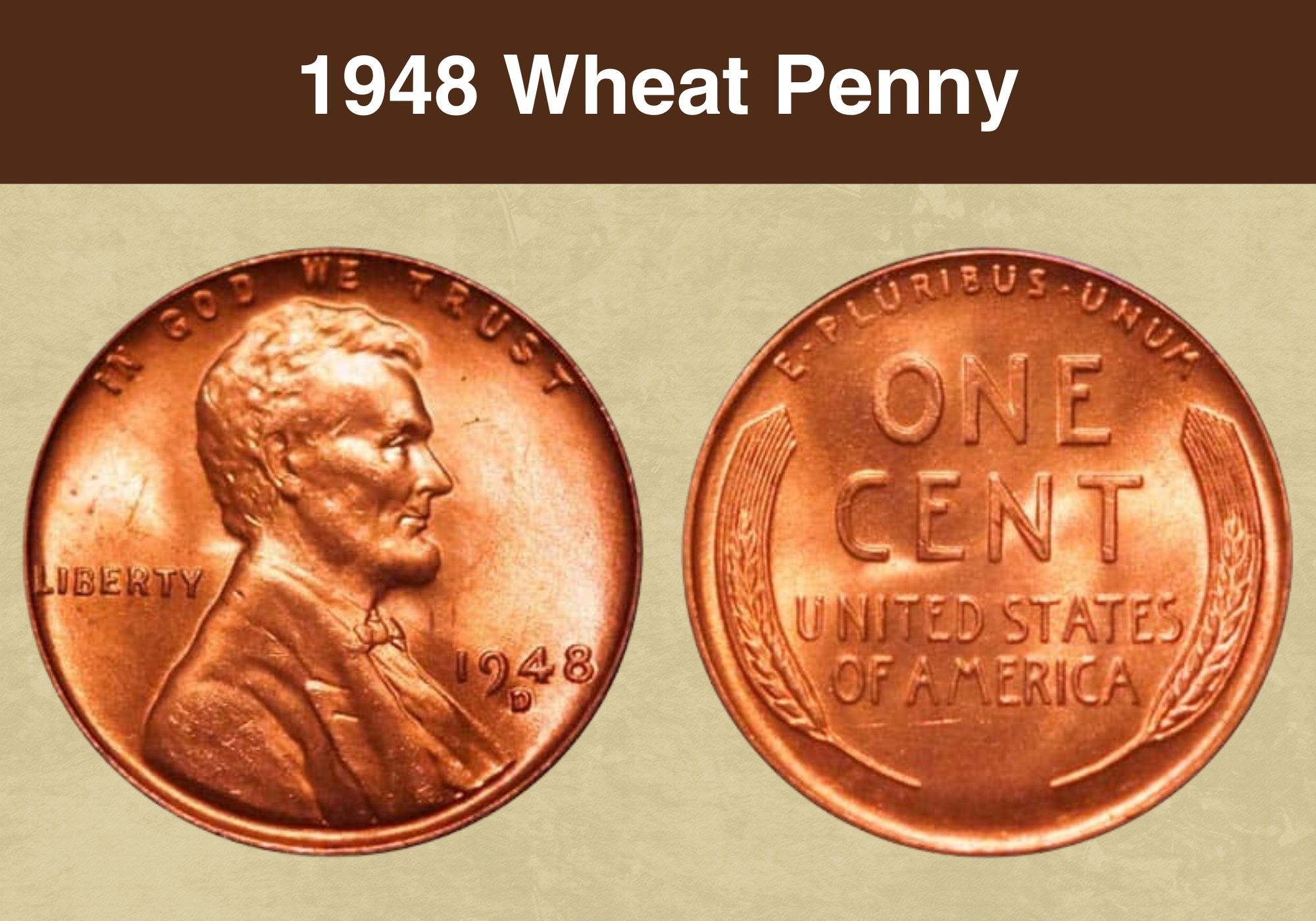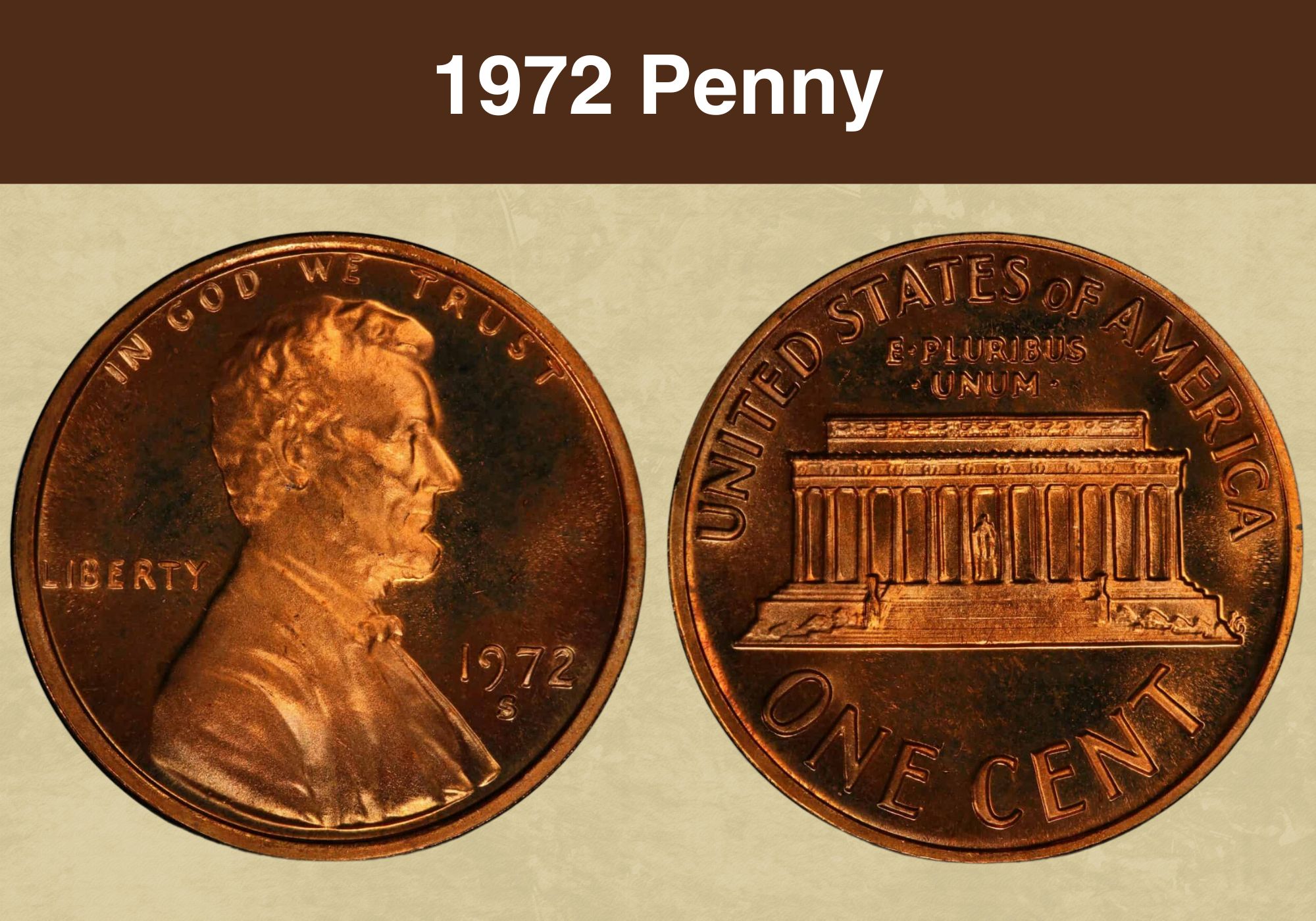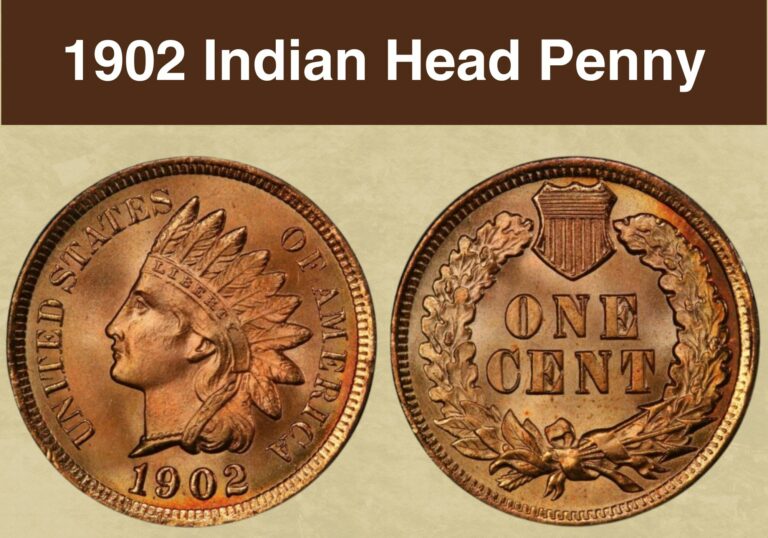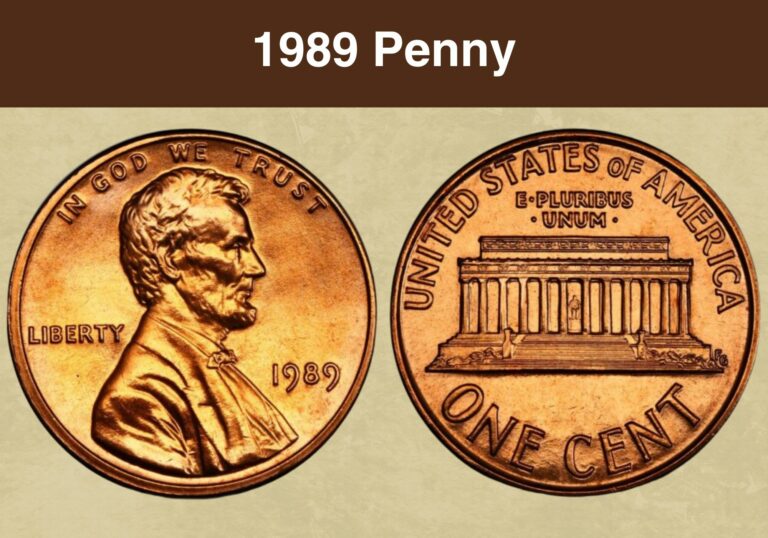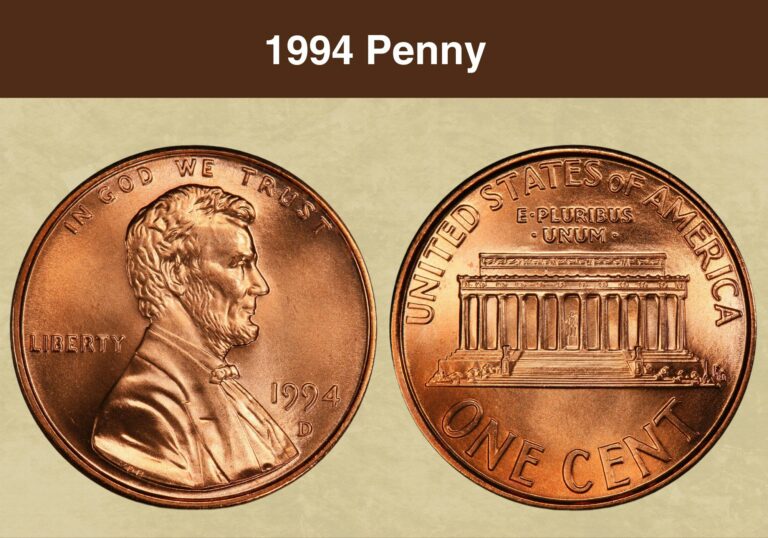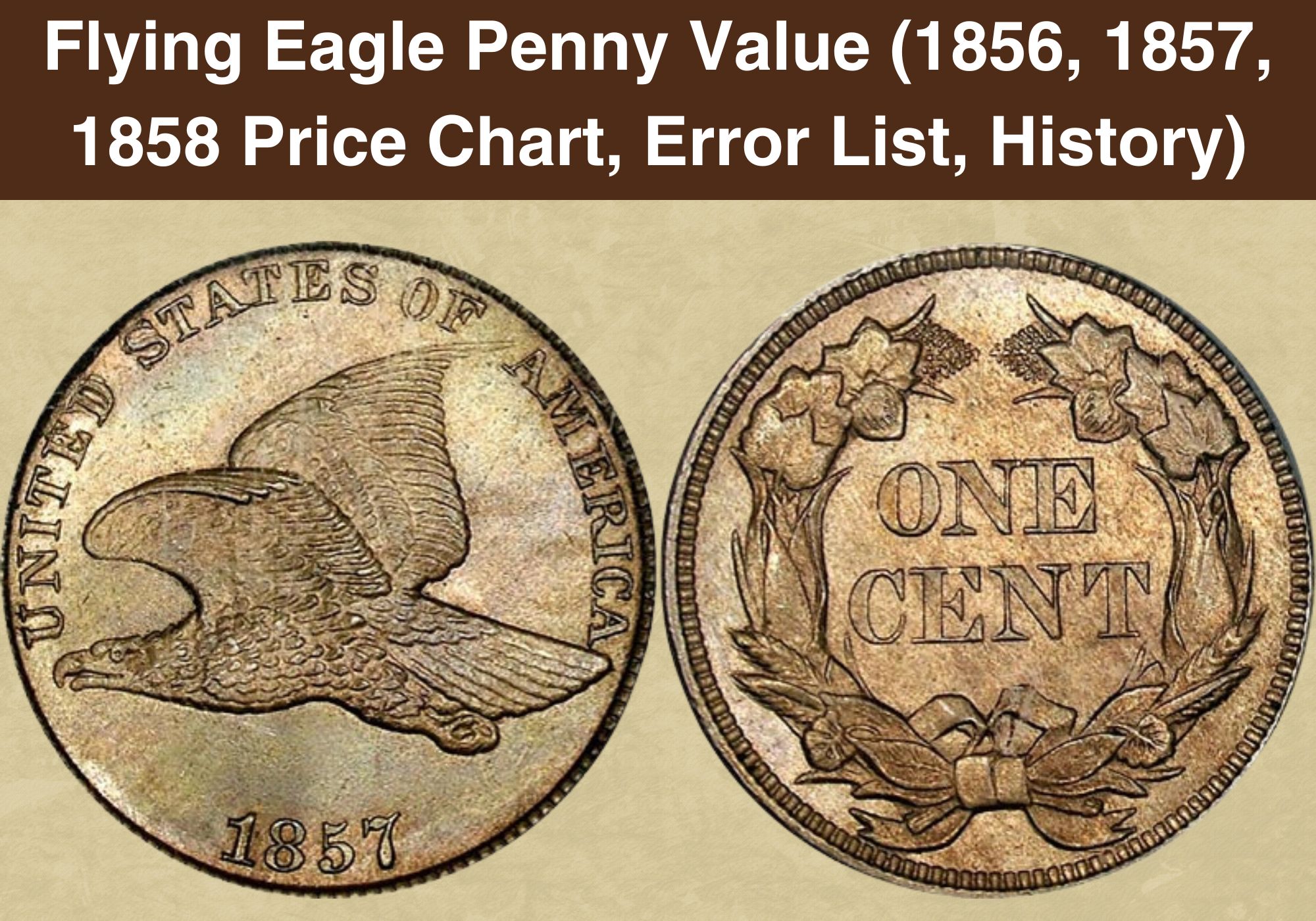
Coin Value Contents Table
Are you considering collecting the famous Flying Eagle penny?
Have you come across one of these old coins and wondered how much they might be worth?
Flying Eagle pennies are very collectable—you should consider yourself lucky if you stumble upon this coin.
This old penny is an excellent addition to your collection, and its value will only increase with time.
This guide will teach you everything you need to know about the Flying Eagle Penny value. You will discover this coin’s interesting history, unique features, and errors that could be worth hundreds or thousands of dollars!
So, how much is the flying eagle penny value worth? Let’s dive in and find out!
Flying Eagle Penny Value Chart |
||||
| Mint Mark | Good | Fine | Extremely Fine | Uncirculated |
| 1856 No Mint Mark Flying Eagle Penny Value | $7,000 | $11,250 | $13,500 | $18,000 |
| 1857 No Mint Mark Flying Eagle Value | $30 | $55 | $180 | $625 |
| 1858 Flying Eagle No Mint Mark Flying Eagle (Large Letters) Value | $34 | $55 | $200 | $600 |
The History of the Flying Eagle Penny
The United States Mint struck the Flying Eagle cent as a pattern coin in 1856 and issued it as a legal tender between 1857 and 1858. This coin was the first small cent the Mint struck to move away from the large cent.
The Mint had struck the large cent since 1793. These coins were almost the size of a half-dollar and were made of pure copper. However, large coins were unpopular and failed to establish after many years of the Mint producing them.
By the mid-1850s, striking large cents was no longer profitable. Couple this with surging copper prices, and the cent proved to be a loss-making currency to manufacture.
In 1854, Mint Director James Snowden proposed, in his annual report, introducing smaller cents made out of bronze to minimize the cost of production and maximize profits.
The Mint struck several pattern coins as part of the drive to replace the large cents with smaller ones. Mint Chief Engraver Christian Gobrecht was instructed to design these pattern coins, and he came up with one featuring a flying eagle on the obverse and the other a seated Lady Liberty.
As Snowden waited for Congress to consider his proposal for a new smaller coin, he worked with Mint Melter and Refiner James Booth to experiment with the appropriate alloys for the new coin. Eventually, Snowden proposed to the Secretary of the Treasury, James Guthrie, that the new cent be struck in an alloy of 88% copper and 12% nickel.
The Mint settled for the flying eagle design and struck several pattern coins to test the new design and gain public acceptance. The Mint issued two hundred pattern coins to the House Committee on Coinage, Weights and Measures; others were issued to President Franklin Pierce, while several thousand were distributed to the public. These were the early 1856 Flying Eagle cents that are today very valuable.
The Flying Eagle cent was struck for circulation as a legal tender in April 1857, and distribution began on May 25. Although this new coin was highly anticipated, it soon proved difficult and expensive to strike.
The mint attempted a few changes to solve some striking problems, such as striking the coin using shallower relief. This resulted in the amended coins having a smaller font on the inscriptions. Another major variety resulted from the Mint’s cost-saving efforts that involved overstriking 1857 dies with the 1858 date, leading to an overstruck error.
In 1858, the Mint reduced the size of the flying eagle. Despite striking well, this new design proved to be unpopular. But since the old flying eagle design had numerous striking challenges, Snowden proposed replacing it. Eventually, the Indian Head cent, also designed by Longacre, replaced the short-lived Flying Eagle cent in January 1859.
Features Of The Flying Eagle Penny
In this section, we shall explore the unique physical attributes of the Flying Eagle penny. Familiarizing yourself with a coin’s attributes will help you identify a Flying Eagle penny worth money.
The Obverse of the Flying Eagle Penny
The front side or heads of the Flying Eagle penny features a simple yet powerful design. On it, you see a left-facing eagle in flight mode, its wings majestically spread up and out.
The eagle symbolizes strength, confidence, resilience and intelligence. It also represents dominance, all virtues that honor our country’s history, culture, and position in the world.
You also see the inscriptions UNITED STATES OF AMERICA at the top along the inner rim while the year date appears at the base.
The Reverse of the Flying Eagle Penny
When you turn over the coin, the reverse features a wreath made of wheat, cotton, corn and tobacco leaves, economically symbolic crops produced by states in the country’s north and south.
The denomination ONE CENT appears boldly at the center within the wreath’s confines.
Other Features of the Flying Eagle Penny
The Flying Eagle penny comprises 88% Copper and 12% Nickel. This coin measures 19.00 millimeters in diameter and weighs 4.70 grams.
It has a plain edge, but a ring of tiny denticles circles the coin’s inner rim. Flying Eagle pennies were struck at the Philadelphia Mint, the first and only currency minting facility at the time.
Flying Eagle Penny Value Guides
So, now that we know about the coin’s history and unique features, the big question is: How much is a Flying Eagle coin worth?
The Flying Eagle cent plays an important role in American history, particularly in the numismatic community, as it popularized coin collecting in the 1800s.
Something else that makes these coins interesting is that the initial specimens struck in 1856 were not meant for circulation; they were pattern coins issued to government officials, dignitaries and later collectors.
All in all, there are three categories of Flying Eagle pennies based on their year of production. These include:
- 1856 Flying Eagle Penny
- 1857 Flying Eagle Penny
- 1858 Flying Eagle Penny
Let’s find out how much each coin type is worth.
1856 Flying Eagle Penny Value
The exact number of 1856 Flying Eagle pennies struck in 1856 remains unknown. Initially, the Philadelphia Mint struck about 634 coins for presentation to Congress members seeking approval to introduce a smaller cent.
Later, the Mint struck a few more coins, issuing them to dignitaries and coin collectors who had caught wind of the new cents.
Before the year’s end, the Mint struck a few more cents to meet the growing demand for the Flying Eagle cent. All in all, it is believed that about 2,000 to 2,500 cents were struck in 1856.
Given its rarity, the 1856 Flying Eagle penny is extremely valuable and sought after, even in lower grades. An example graded Very Good, which is on the lower end of the coin grading scale, can fetch as much as $8,500.
The coin’s value increases exponentially on the grading scale. A Flying Eagle cent is worth between $7,000 and $13,500 in circulated condition.
The population of coins in mint state or uncirculated cents is extremely small, pushing up the coin’s value. A specimen graded MS60 costs about $18,000, while one graded MS66 can fetch up to $350,000.
According to the Professional Coin Grading Service (PCGS), the most expensive 1856 Flying Eagle is graded MS66 and was sold in 2004 at a Heritage Auctions sale for a whopping $172,500.
1857 Flying Eagle Penny Value
In 1857, the Mint produced about 17,450,000 Flying Eagle coins for circulation. This was the first time the Mint struck more than 10 million coins.
Due to the high collector interest, people who acquired these coins saved them, never releasing them into circulation. As such, 1867 Flying Eagle cents are comparably common and easily available even in mint state.
Still, these coins are highly sought-after, and their demand influences their premium prices. A circulated 1857 Flying Eagle penny is worth between $28 and $325.
In uncirculated condition, an 1857 Flying Eagle cent will fetch as much as $625 at grade MS60, but this value can increase for gem-quality cents.
The most valuable 1857 Flying Eagle penny is graded MS66 and was sold for $32,200 at a Heritage Auctions sale in 2006.
1858 Flying Eagle Penny Value
The small Flying Eagle cent proved popular in 1857, and the following year, the Mint decided to increase the coin’s population to 24 million.
Despite their popularity, the Flying Eagle coins presented some minting challenges, prompting the Mint to make several changes to achieve a well-struck coin without the added costs. This resulted in three distinct varieties of the 1858 Flying Eagle penny as follows:
- 1858 Flying Eagle Penny (Large Letters)
- 1858 Flying Eagle Penny (Small Letters)
- 1858 over 7 Flying Eagle Penny
On average, an 1858 Flying Eagle Penny in circulated condition is valued between $30 and $265.
Uncirculated pennies are quite rare, with the population dwindling steadily from MS65 to MS67. To date, none has been graded finer than MS67.
Uncirculated 1858 Flying Eagle pennies graded MS67 will fetch as much as $50,000.
Flying Eagle Penny Grading
Grading a Flying Eagle penny involves identifying signs of wear on the obverse and reverse sides of the coin.
Coins are graded using the 70-point Sheldon Coin Grading Scale. Uncirculated coins in mint state usually score high and are graded MS60 –MS70.
Circulated coins with slight wear and tear will fall between the grades Extremely Fine (EF) 40 and About Uncirculated (AU) 50. Meanwhile, Flying Eagle cents with significant wear will be graded between Very Fine (35) and Poor (PO) 1.
If you find no sign of wear, that Flying Eagle cent may be graded as a mint-state uncirculated coin.
On the obverse, inspect high points such as the lower breast and neck feathers. The upper edges should demonstrate a fine texture. Also, inspect the bird’s lower side around the legs for signs of wear.
On the reverse, an uncirculated coin will have a bold, detailed wreath with no signs of wear. Observe the bow, which should be free of smoothing to qualify as an uncirculated cent.
Circulated coins will have slight to heavy signs of wear and tear. Most of the design elements on the obverse and reverse are smoothened out, but what’s really important is that the date is still intact and readable.
Check out this detailed video for more tips on how to grade Flying Eagle pennies.
Flying Eagle Penny Errors
Mint errors are inevitable, and the Flying Eagle penny is no exception. Errors and varieties are peculiar and can significantly increase the value of a coin.
Here are the most important errors to look out for on a Flying Eagle cent:
1858 Flying Eagle Penny 8 Over 7 Error
On some Flying Eagle pennies, you will notice an overdate error in which the 1858 date is stamped over the 1857 date.
Upon closer inspection, you will see traces of 7 under the last eight in 1858. This error is usually more visible in less worn coins where the details on the obverse are intact.
These 1858 Flying Eagle pennies may also have cud errors. For example, the eagle’s beak is slightly broken at the tip.
Another thing to look out for is an obverse die chip error, a small chip on the coin’s right side surface.
In good condition, the 1858 Flying Eagle 8 over 7 penny error can fetch as much as $100, but this value can increase to $500 or more for coins for finer coins.
1858 Flying Eagle Penny Small Letters
Some Flying Eagle pennies struck in 1858 have small inscriptions while others have larger ones of the words UNITED STATES OF AMERICA.
In the small space variety, there is a noticeable space between the letters A and M in AMERICA.
The small-letter coins are more common than the ones with larger letters. Still, these Flying Eagle pennies can bring in as much as $600 and potentially thousands for uncirculated specimens in uncirculated condition.
1858 Flying Eagle Penny Large Letters
The 1858 Flying Eagle pennies with large letters were minted before the ones with smaller letters. On these coins, you will notice the A and M in America touch each other; there is no space between them.
Pennies with large letters are equally popular and are worth more than their face value. You can expect at least $100 for a circulated specimen.
FAQS
What is the rarest flying eagle penny?
Flying Eagle pennies are generally scarce because they circulated for only two years. However, the 1856 Flying Eagle cent is the rarest of them all, as only about 1,000 to 2,000 were produced that year.
Why was the Flying Eagle Penny discontinued?
After several minting attempts, the United States Mint found Longacre’s eagle design difficult and costly; it didn’t strike well enough, so the Mint replaced it with the Indian Head cent in 1859.
How many Flying Eagle Pennies were made?
In the two years the Flying Eagle penny was circulated, the Mint produced more than 40 million. Although some proofs were made, most of the cents were released into circulation. As you can expect with such old coins, most are worn out.

